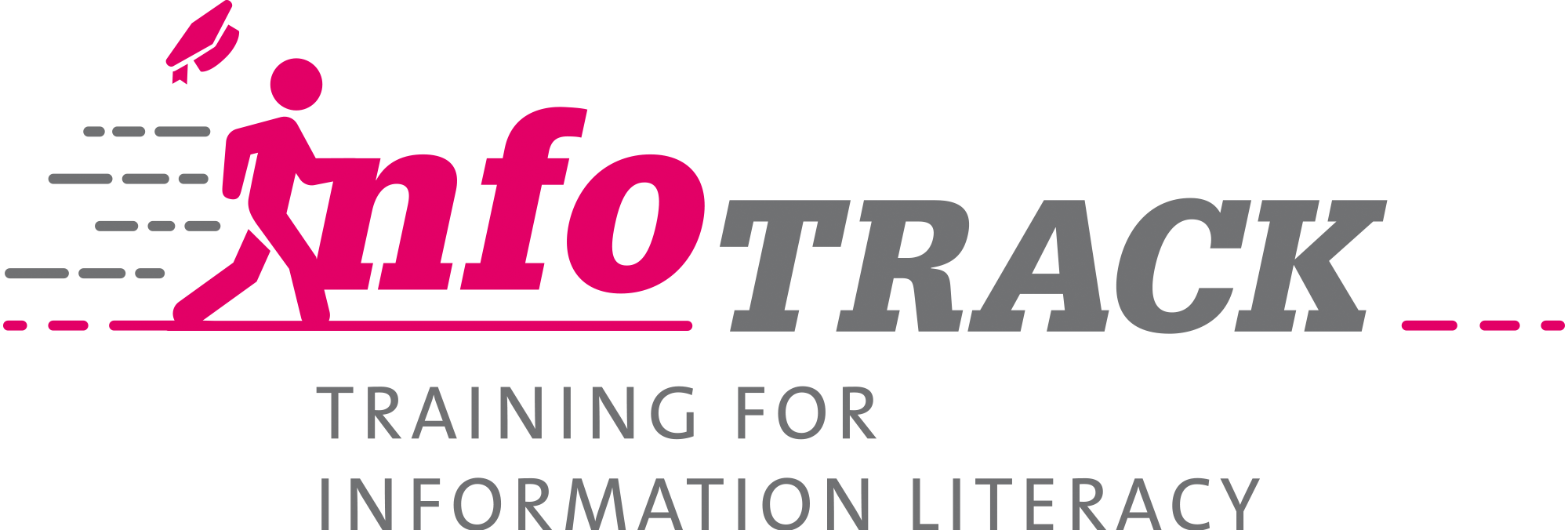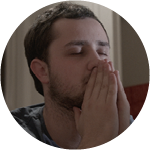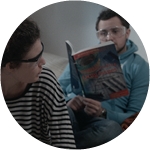What type of document corresponds to this reference? (select only one)
SCHULKIN, Jay, 2013. Reflections on the musical mind : an evolutionary perspective, Princeton: Princeton University Press.
SCHULKIN, Jay, 2013. Reflections on the musical mind : an evolutionary perspective, Princeton: Princeton University Press.





